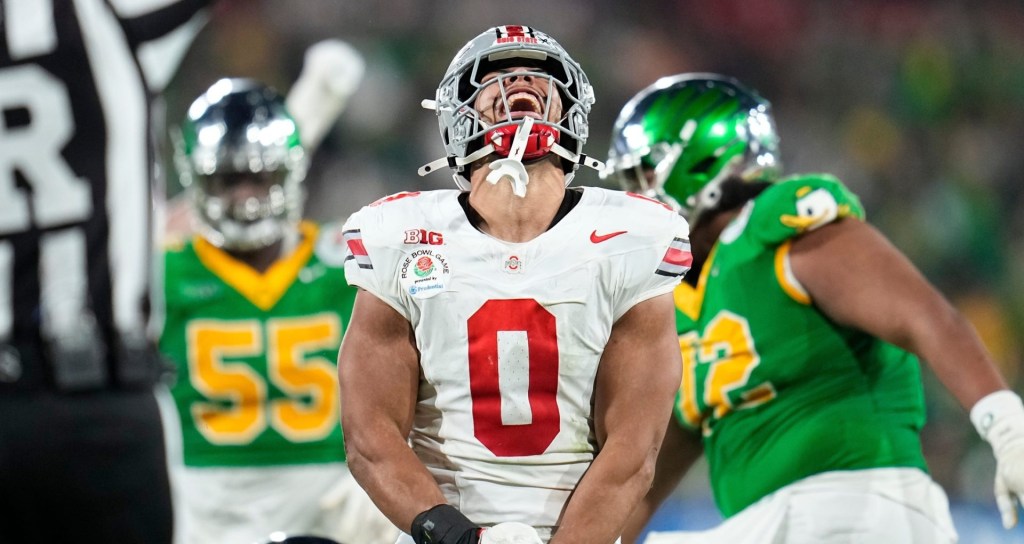On Jan. 24, University of Vermont women’s basketball announced that players had chosen to abruptly end their season because of COVID-19 concerns.
“The fear outweighed continuing,” head coach Alisa Kresge told reporters the following day.
Vermont is the latest Division I women’s basketball team to cancel their season mid-stream.
“This decision, I think, really takes a lot of courage,” Vermont athletic director Jeff Schulman told reporters.
Meanwhile, male counterparts for the five women’s teams who have opted out since December still plan to finish their seasons, salvaging the financial windfall from TV inventory and hopefully the upcoming March Madness tournament.
Why Opt Out Now?
Women’s basketball players at Vermont, Duke, SMU, and Vanderbilt chose to opt out themselves — administrators didn’t decide for them, like they did at the Ivy League, for example.
The Catamounts made the decision two days after the entire department paused for what Schulman called an “uptick” in cases.
The team’s concern over long-term COVID-19 symptoms, and exasperation from repeated quarantining and scheduling changes, led to their verdict, Kresge said. “It was just the culmination of the unknowns [that] took its toll for our players.”
Vermont’s decision to opt out wasn’t influenced by other programs’ actions, Kresge said.
Finances an Afterthought
Schulman said the financial ramifications for Vermont would not cause a departmental ripple effect:
- The program plans to continue funding players’ scholarships.
- It may even retain travel expenses now that certain trips have been canceled.
- It won’t lose distributions from the NCAA or America East Conference, as neither distribution depends upon the women’s team finishing their season.
Some prominent women’s basketball teams earn notable revenue — UConn, for example, has its own TV contract with SNY and averaged close to 10,000 fans per game in 2019-20.
But mostly, the burden to produce games, and thus profit, doesn’t fall on women’s teams.

















